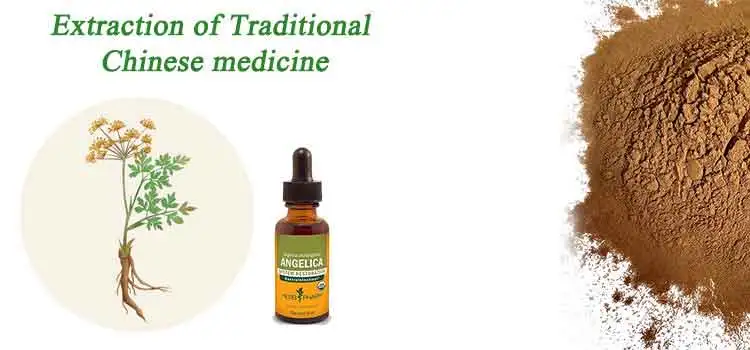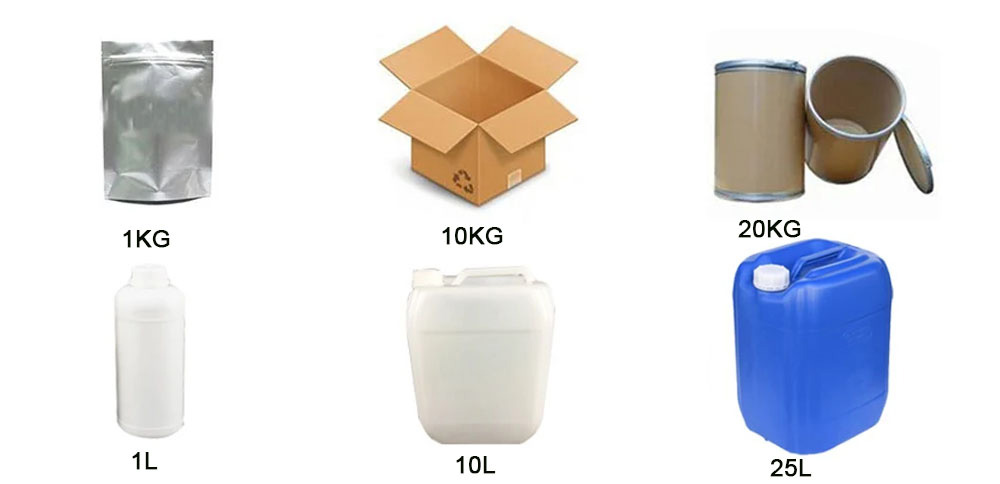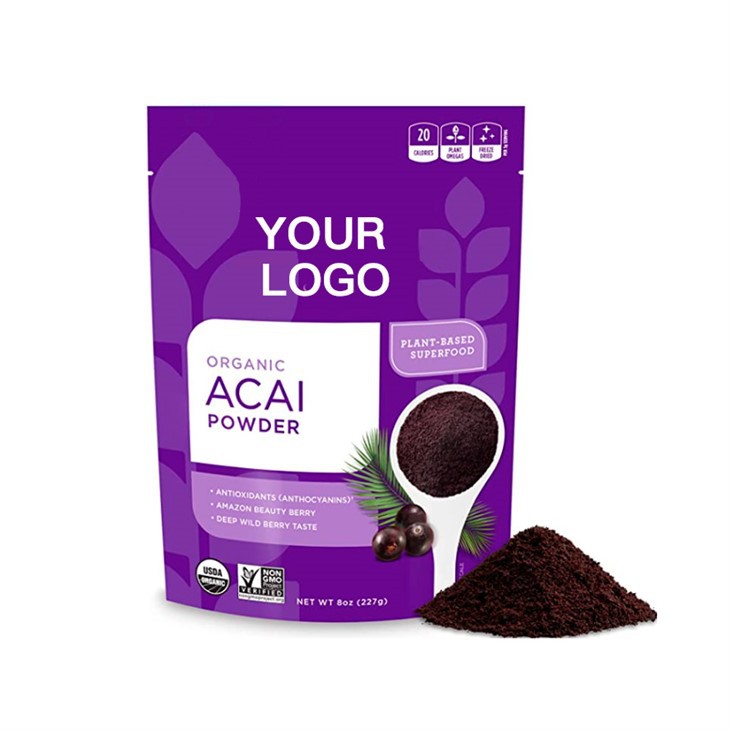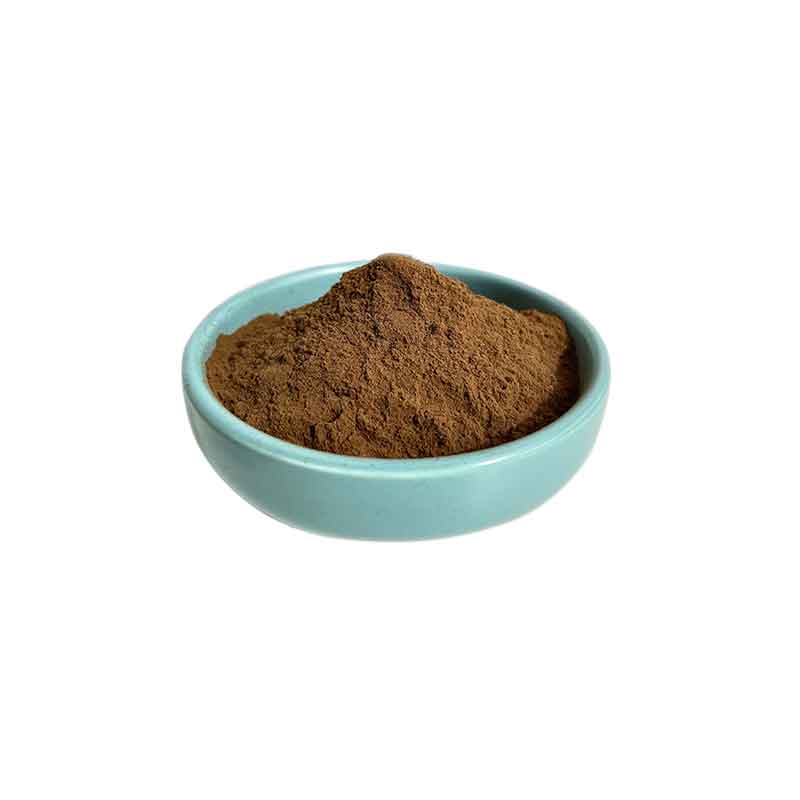What is Angelica extract?

Angelica extract, derived from the roots of the Angelica archangelica plant, has been utilized for centuries across various cultures for its purported health benefits. This herbaceous plant, also known as wild celery or garden angelica, belongs to the Apiaceae family and is native to temperate regions of Europe and Asia. With a long history of use in traditional medicine systems like Traditional Chinese Medicine (TCM) and European herbalism, It continues to garner attention in modern times for its potential medicinal properties and therapeutic applications.

Historical Significance:

The use of Angelica dates back thousands of years, with historical records indicating its presence in herbal remedies used by ancient civilizations. In traditional Chinese medicine, Angelica, known as Dang Gui, has been used for its purported benefits in promoting blood circulation, regulating menstruation, and alleviating female reproductive issues. Similarly, European herbalists valued Angelica for its digestive and respiratory health properties, as well as its ability to support overall wellness.
Chemical Composition:

It contains a diverse array of phytochemicals, including coumarins, flavonoids, terpenoids, and polyacetylenes. These bioactive compounds contribute to the herb's potential therapeutic effects and may exert various physiological actions within the body. Additionally, It is a rich source of vitamins and minerals, including vitamin C, vitamin E, potassium, and magnesium, further enhancing its nutritional profile.
COA

ITEM | STANDARD | TEST RESULT | TEST METHOD |
Ratio Extract | 10:1 | 10:1 | TLC |
Ligustilides | ≥1.0%
| 1.23% | HPLC |
Ferulic Acid
| ≥0.1% | 0.32% | HPLC |
Physical & Chemical | |||
Appearance | Brown yellow fine powder | Complies | Visual |
Odor & Taste | Characteristic | Complies | Organoleptic |
Particle Size | 95% Pass 80 mesh | Complies | USP<786> |
Loss on drying | ≤5.0% | 2.06% | USP<731> |
Ash | ≤5.0% | 2.28% | USP<281> |
Heavy Metal | |||
Pb | ≤2.0ppm | 0.330ppm | ICP-MS |
As | ≤2.0ppm | 0.425ppm | ICP-MS |
Cd | ≤1.0ppm | 0.058ppm | ICP-MS |
Hg | ≤0.5ppm | 0.072ppm | ICP-MS |
Microbiological Test | |||
Total Plate Count | ≤1,000cfu/g | 636cfu/g | AOAC |
Yeast and Mould | ≤100cfu/g | 53cfu/g | AOAC |
E.Coil | Negative | Negative | AOAC |
Salmonella | Negative | Negative | AOAC |
Function

a. Women's Health:
- Regulating Menstrual Cycle: It is often used to regulate menstrual cycles and alleviate symptoms associated with menstruation, such as cramps, bloating, and mood swings.
- Menopausal Support: Some studies suggest that It may help alleviate menopausal symptoms such as hot flashes, night sweats, and vaginal dryness.
- Fertility Enhancement: Traditional usage and anecdotal evidence suggest that It may support female fertility by promoting reproductive health and hormone balance.
b. Cardiovascular Health:
- Blood Circulation: It is believed to improve blood circulation and may help reduce the risk of cardiovascular diseases such as hypertension and atherosclerosis.
- Antioxidant Properties: Certain compounds found in It possess antioxidant properties, which may help protect against oxidative stress and reduce the risk of cardiovascular damage.
c. Immune Support:
- Enhancing Immune Function: Some studies suggest that It may modulate immune responses and enhance the body's defense mechanisms against infections and diseases.
- Anti-inflammatory Effects: Certain bioactive compounds in It exhibit anti-inflammatory properties, which may help alleviate inflammation-related conditions and support overall immune health.
Traditional Uses and Folklore:

In traditional Chinese medicine, It is often combined with other herbs to create formulations targeting specific health concerns.
It is commonly used in tonics, teas, decoctions, and topical preparations for its purported medicinal properties.
It is also a key ingredient in various traditional remedies for conditions such as fatigue, anemia, digestive issues, and joint pain.
Research Evidence and Clinical Studies:
While much of the evidence supporting the health benefits of It is anecdotal or based on traditional usage, some scientific studies have explored its pharmacological properties.
Clinical trials investigating the effects of It on women's health, cardiovascular health, and immune function have yielded mixed results, highlighting the need for further research in this area.
More rigorous clinical trials are necessary to establish the efficacy and safety of It for various health conditions and to elucidate its underlying mechanisms of action.
Practical Applications of It:

Dietary Supplements: It is commonly formulated into dietary supplements in the form of capsules, tablets, or liquid extracts. These supplements are often marketed for digestive support, immune health, and overall wellness.
Herbal Teas: Angelica leaves and roots can be used to prepare herbal teas that offer a convenient way to enjoy the benefits of the herb. Angelica tea is often consumed for its digestive properties and is sometimes blended with other herbs for enhanced efficacy.
Topical Preparations: It is utilized in various topical formulations such as creams, lotions, and ointments for skincare and topical pain relief. These products are applied directly to the skin to address specific dermatological concerns or to alleviate muscle and joint discomfort.
Traditional Remedies: In regions where Angelica has a strong cultural heritage, traditional remedies and formulations incorporating It continue to be used for managing a wide range of health conditions. These remedies are often passed down through generations and remain an integral part of local healing practices.

Package


Customer Feedback


Exhibitions








